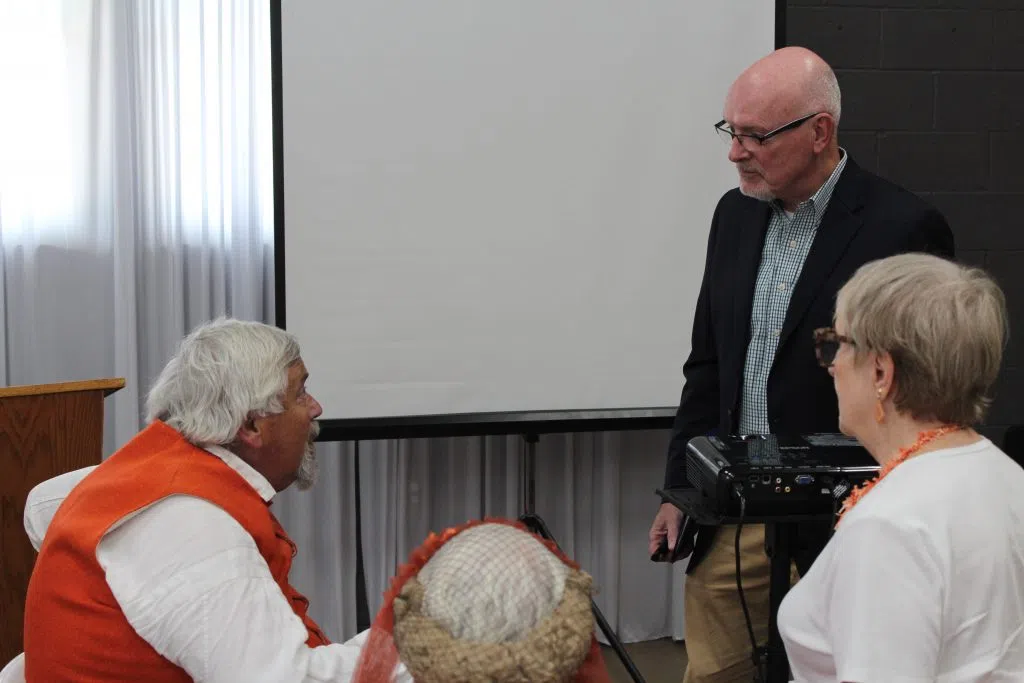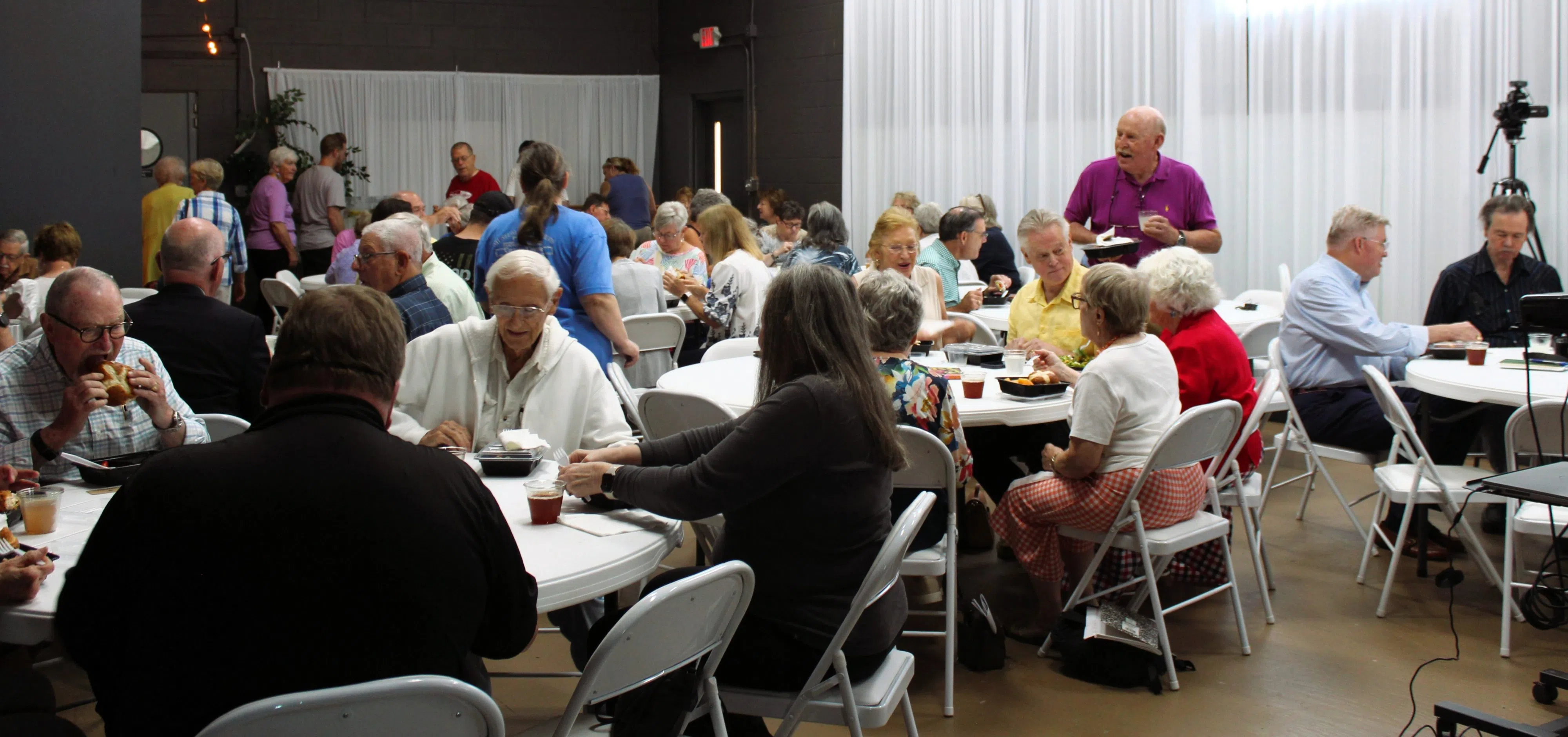By GAGE WILSON
for Glasgow News 1
History often feels like a collection of well-told stories, milestones marked on a timeline. But the South Central Kentucky Cultural Center’s recent Celebrate the Barrens event offered something deeper. Beneath familiar accounts lies a broader landscape — one we risk overlooking when we focus too narrowly on the parts already recognized.
The event explored the people, places, and traditions that define the region known as the Barrens — encompassing Barren, Hart, Metcalfe, Monroe, and Allen counties.
Through guest speakers, exhibits, and breakout sessions, Saturday at the museum aimed to reconnect residents with the cultural threads that have shaped the landscape, culturally and environmentally.
Retired social studies teacher Todd Steenbergen found himself taking notes and soaking it all in. “I guess I’m still a student at heart,” he laughed. “It’s been fascinating hearing from the speakers, who are all very educated.”
He highlighted professional genealogist J. Mark Lowe as especially compelling: “His connection to how Kentuckians arrived here was so interesting.”
Another speaker, Mel Hankla, focused on the role of the rifle in Kentucky’s early days. “He spoke on the Kentucky rifle being the backbone of Kentucky culture,” Steenbergen said. “And it’s fascinating to see not just the rifle — he had other artifacts too, for example, Kentucky furniture, that gives us a greater understanding of how folks appreciated art because they made everything back then.”
Later, Steenbergen returned to his seat, journal in hand, to hear from keynote speaker Tommy Hines, director of the South Union Shaker Village. Hines discussed the flora that early settlers encountered, weaving together historical ecology with primary sources.

Tommy Hines, right, stayed to answer any questions the group had about the early accounts of the Barrens region. Gage Wilson/for Glasgow News 1
“This is about firsthand accounts of people who came to our area in the late 18th and 19th centuries,” Hines said. “While the Bluegrass has become the most recognizable image of the Commonwealth, there is so much more —like the Mammoth Cave region and the Barrens.”
Hines explained that much of the natural wonder described in those early records no longer exists in the landscape as it has evolved over time. One of the earliest descriptions came from French botanist André Michaux, who painted a picture of open, grassy savannas dotted with oak — more prairie than forest.
“These great prairies were a product of burning by Native people and early settlers,” Hines said. “Their aim was to lure buffalo, stags, and other quarry into the burned areas to make them visible at a greater distance.”
Hines touched on how the Barrens has changed through the introduction of modern advancements and the expansion of society.
“The development of towns and cities has changed all of that, it is no longer a seemingly endless landscape with native grasses and wildflowers,” Hines said. “But from here, drive west, toward Hopkinsville and you can almost see it through your mind’s eye.”
Hines explained that efforts are being made to preserve the health and history of endemic species. He spoke on the role of the federal Conservation Reserve Program, which pays farmers to remove environmentally sensitive land from production and replant native species. “It’s a very admirable program,” he said. “Because of our tracts of land at South Union, we can not only tell visitors about the Barrens, we can actually point to examples.”
Through each presentation, Celebrate the Barrens traced the region’s evolution, helping attendees see how today’s communities grew out of a very different landscape.
”We will never again see the Barrens the way our forefathers did,” Hines mused. “Progress is inevitable, but preservation of both built and natural environments is vital in understanding our past and guaranteeing our future.”

Comments